Alexander Benjamin “Alex” Clayton came to Dallas in 1954 to paint a portrait of Mrs. Alstacheia J Hub Hill of Dallas. She was the wife of the president of Acme Brick Company. Alex was quickly commissioned by several Dallas notables to paint their portraits as well. They included Miss Era Hockaday, Harold F. Volk, Bishop Thomas Gorman, H.L. Hunt, Chief Justice John Hickman, and Mrs. Allan Shivers. Prominent Dallasites clamored to have a Clayton portrait in their homes and offices as a status symbol.
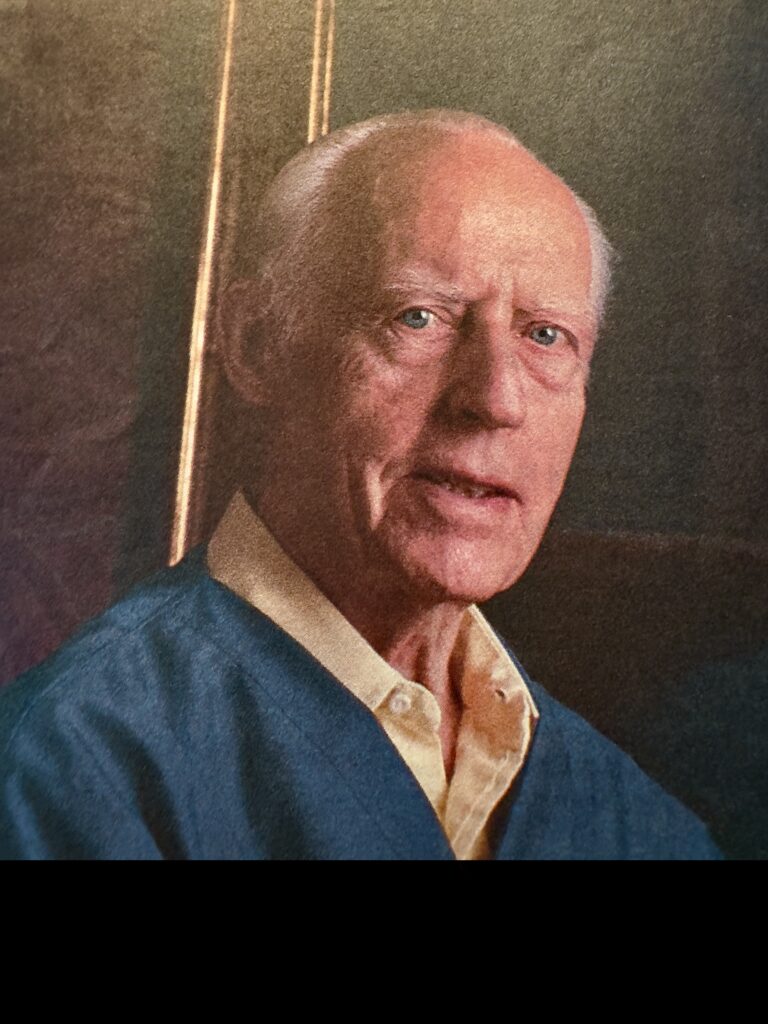
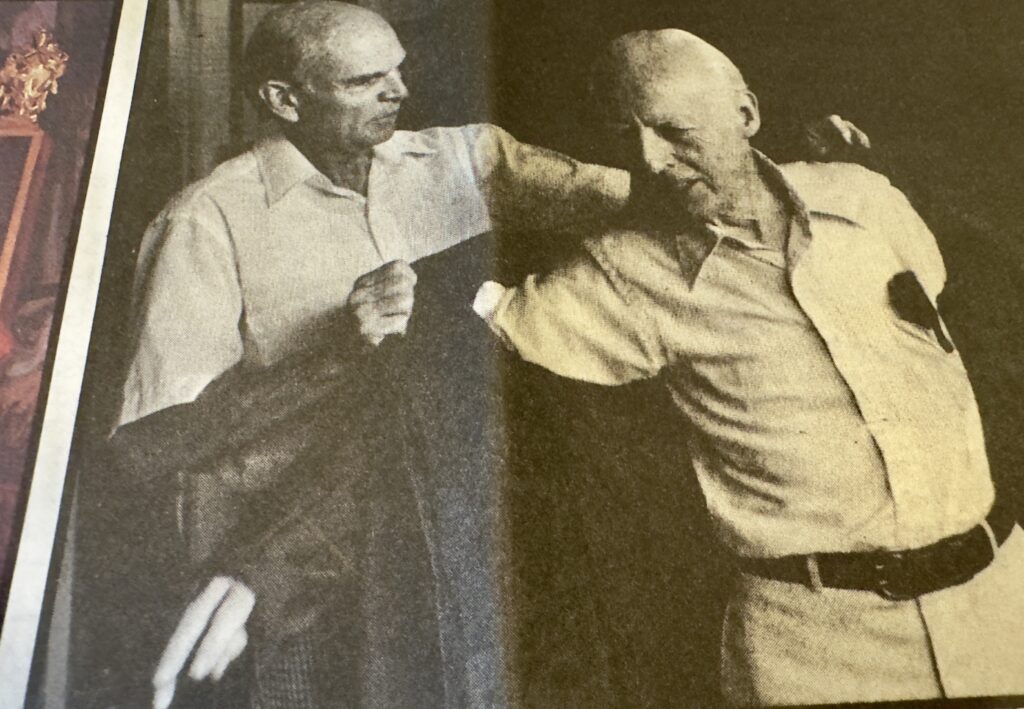

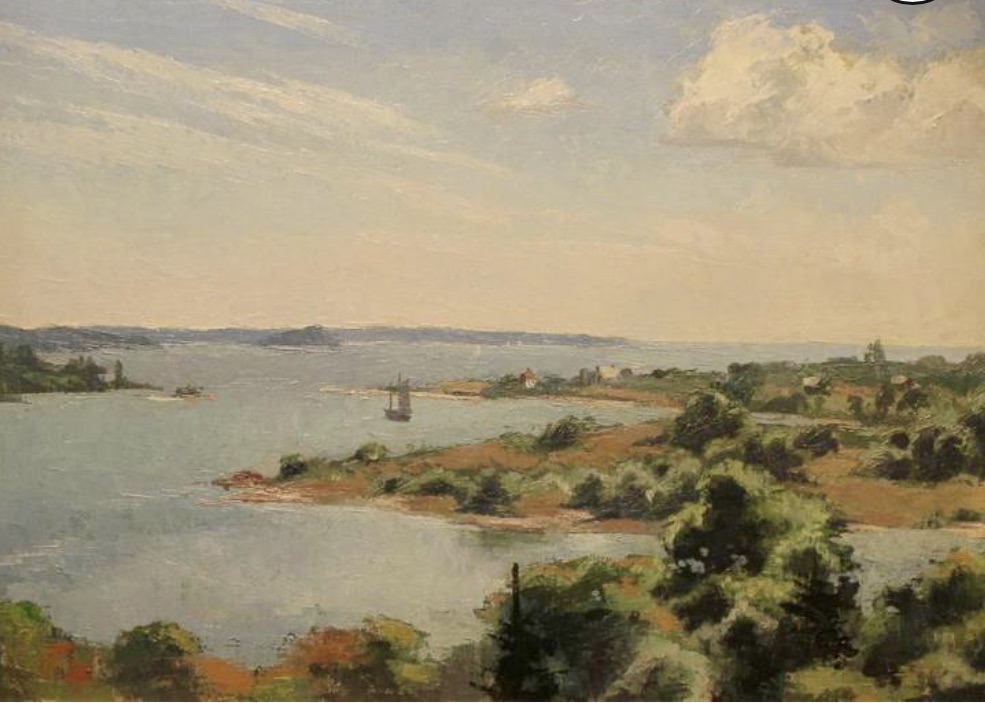
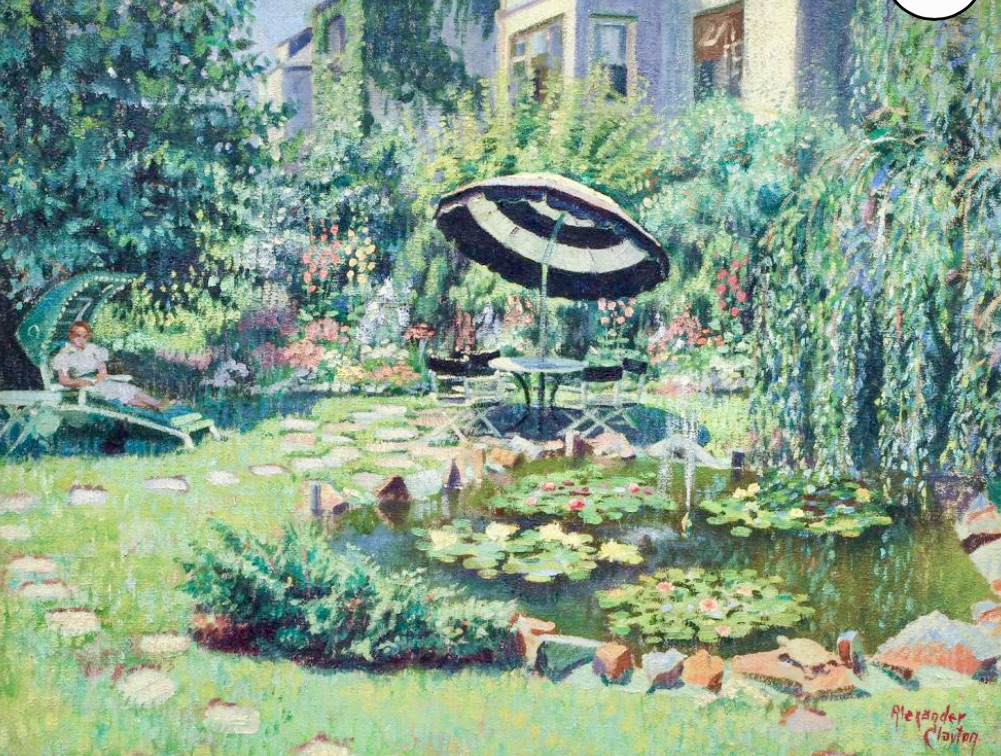
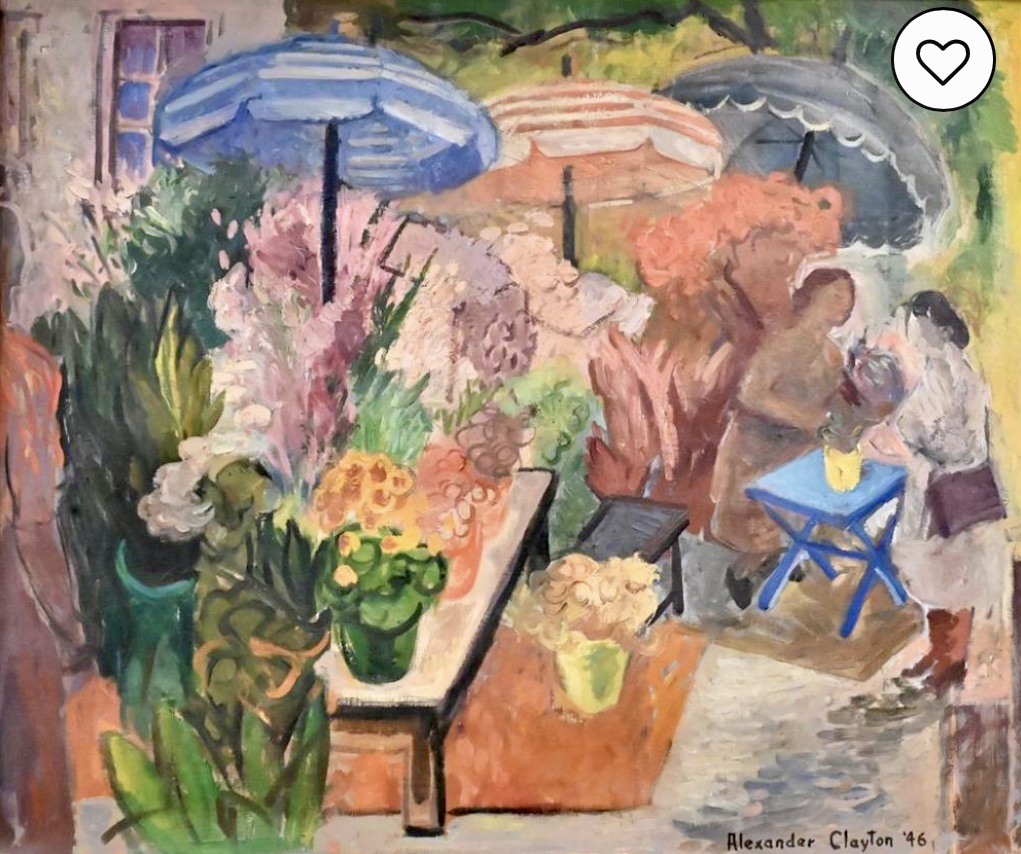
Alex and his longtime domestic partner and business manager, John Sanders enjoyed Dallas so much, that they decided to make Dallas their home. John’s parents lived in Dallas at 4333 Westside Drive and the pair would visit them often before making the move from the East. They moved into a beautiful colonial home on Beverly Drive in Highland Park where they constantly entertained friends coming through Dallas. In 1966 they moved into a new swanky 3525 Turtle Creek apartment. Then, in 1969, Alex and John moved to 3314 Hawthorne Street, a new townhouse, in Perry Heights. They lived there until Alex died in 1988.
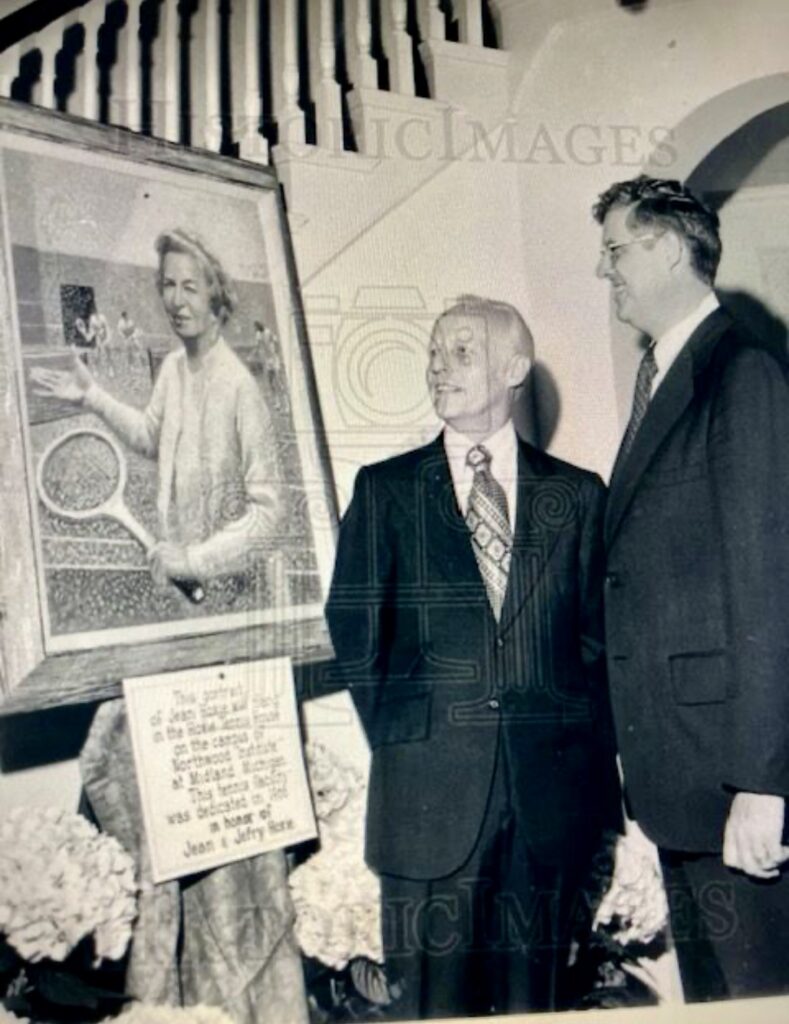
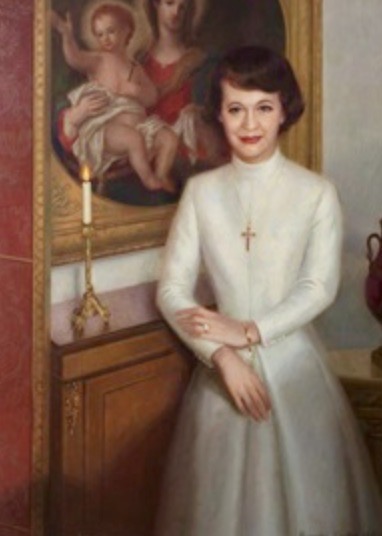
Alex was born in 1906 in Chevy Chase, Maryland, the son of an Army major. He always wanted to be an architect, however, after the crash of 1929, he taught art while painting in his spare time. He won several prizes from DC art exhibits. During WW II he volunteered to be a hydrographic map artist in the Navy as the Army had previously rejected him due to a heart ailment. After the War, he traveled to Europe to study portrait art in Paris, Madrid, and Portugal, the latter becoming his home for a few years. He then moved to New York City to find more commissions. After numerous failed attempts, he finally landed the opportunity to paint Mary Martin in her Broadway role as Peter Pan. He stayed in New York for several years before moving to Los Angeles. California, and eventually Dallas, Texas.
He had exhibits in the Baltimore Museum of Art, the Art Institute of Chicago, and the Whitney Museum. Of his highlights, he was commissioned to paint Helen Keller (1968), Pope John XXIII (1960 at the Vatican), and the presidential portrait of former President Richard M. Nixon (1981). Of the Keller session, he later told friends that Helen had wanted to wear a red dress even though she was completely sightless. Because she was also deaf, she would touch his lips to understand what he was saying to her.
Years after Alex completed Nixon’s portrait, he commented that Nixon had quite a sense of humor. Nixon had asked Alex to “do something” about his jowls. Nixon’s daughter Tricia, who attended the session, told her father “Daddy, you wouldn’t be you without them.”
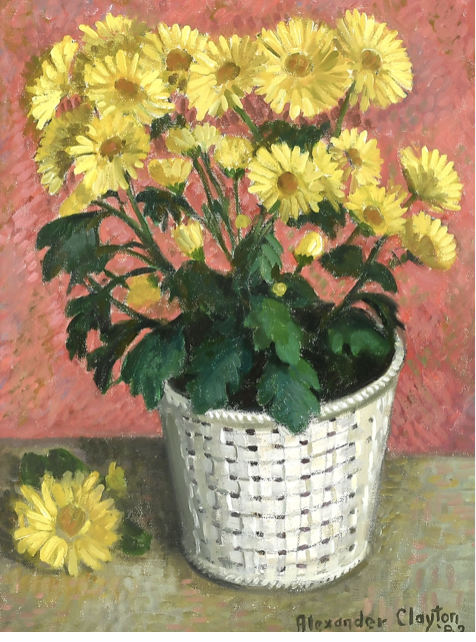
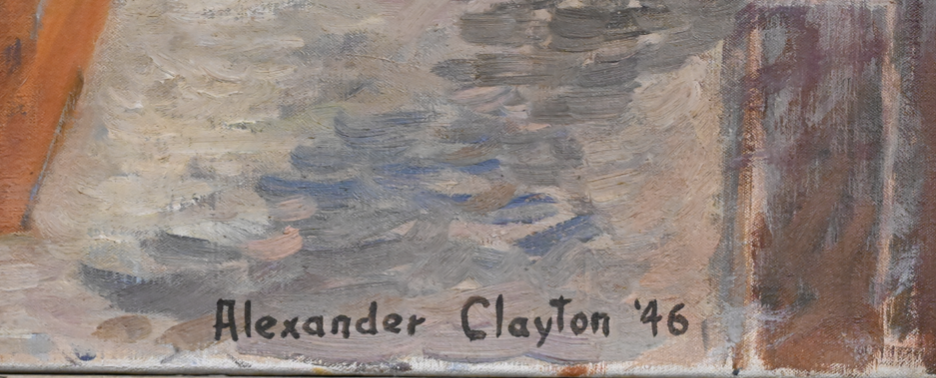
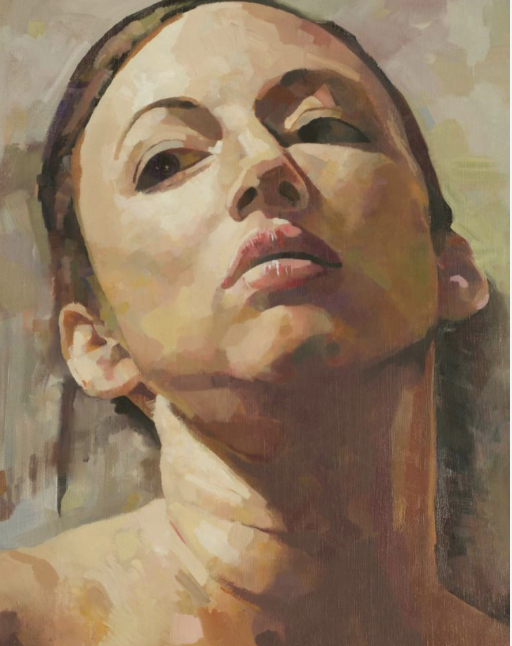

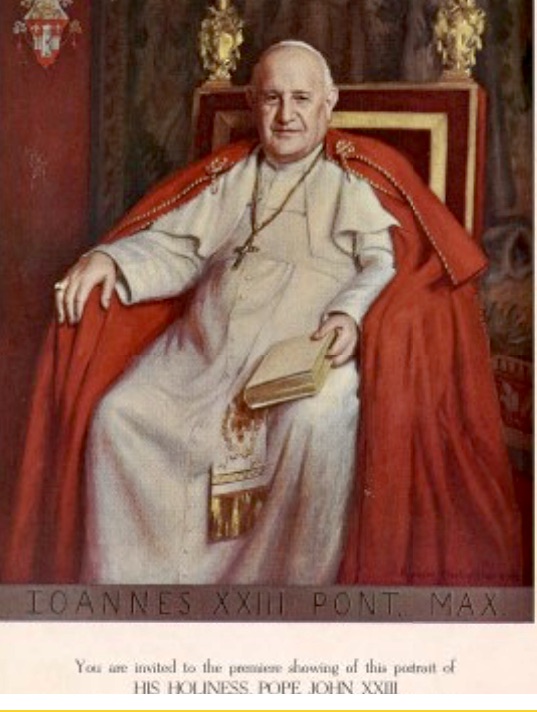
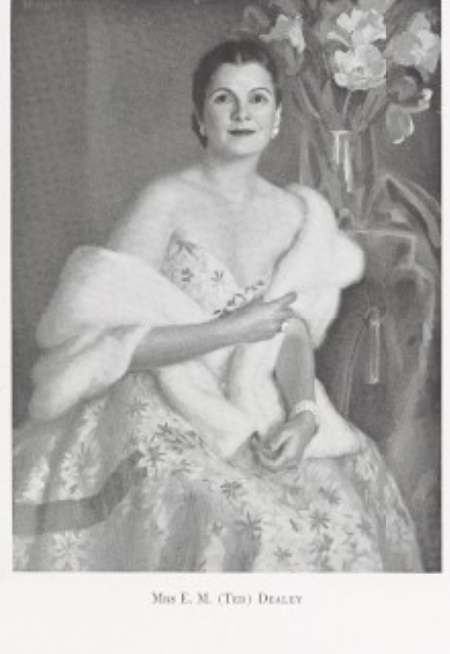
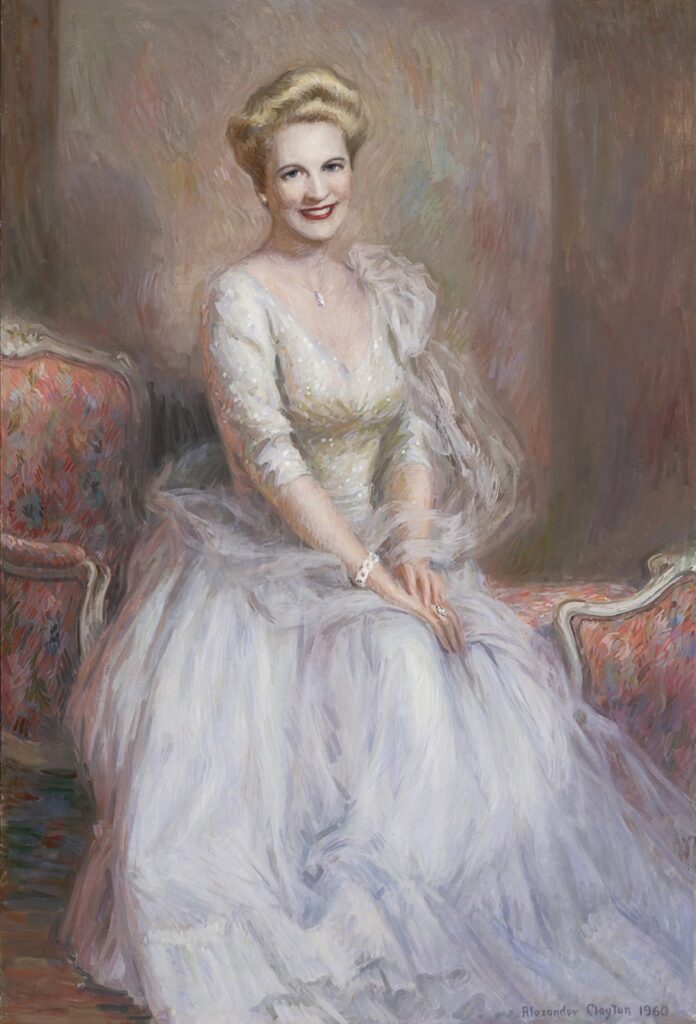
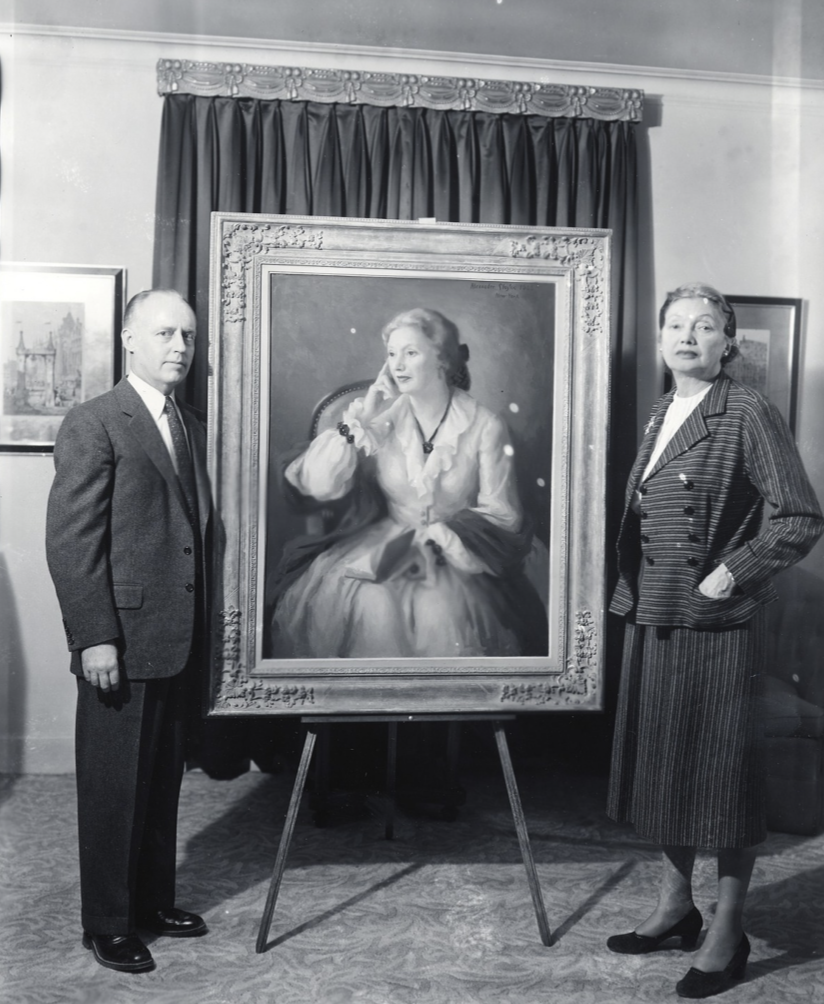
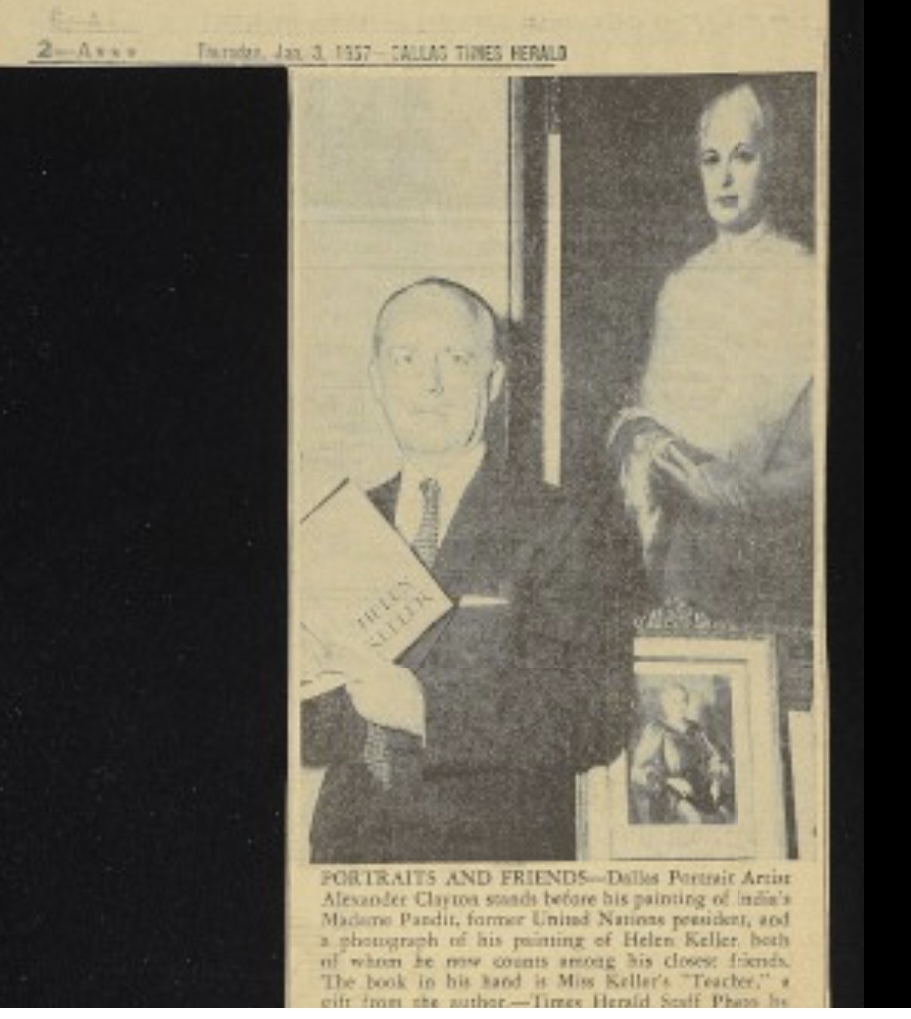
Alex was described as very quiet and soft-spoken. Besides being a distinguished artist, he was also a talented pianist. His partner John was also musically trained. He would play piano and John would play the organ. Alex had met John in 1951 when Alex was 45 and John was 33 most likely in Portugal where they were both living. They were together until Alex’s death. Friends remember Alex as being a hilarious storyteller. Alex and John enjoyed a lavish socialite lifestyle in the 1960s. They lived in big houses and threw large parties.
John Thomas Sanders was born in 1918 in Beeville, Texas, and went to Waco High before enrolling at the University of Texas. He worked for the American Embassy in Lisbon, Portugal for three years before taking an embassy post in Washington DC.
Alex and John were also good friends with Fort Worth resident and concert pianist, Van Cliburn. They would often visit each other. Their Perry Heights townhouse was filled with Chinese porcelains, antique musical instruments, and religious paintings. The townhouse also had Alex’s paintings of landscapes and floral still lifes in almost every room. According to Alex, doing landscapes provided relief and relaxation from portraiture. While Alex was living in Perry Heights, he would complete an average of 15 portraits a year in his sun-filled third-floor studio. When they moved in, he had the studio window replaced with a larger one to match the first-floor picture window and to provide more light in the studio.
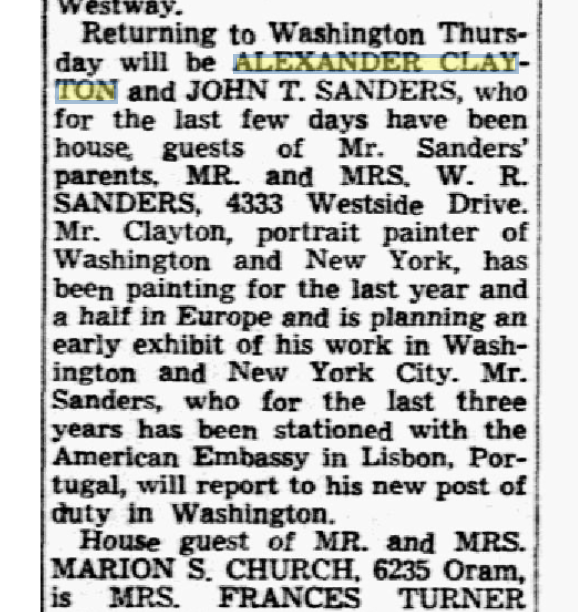
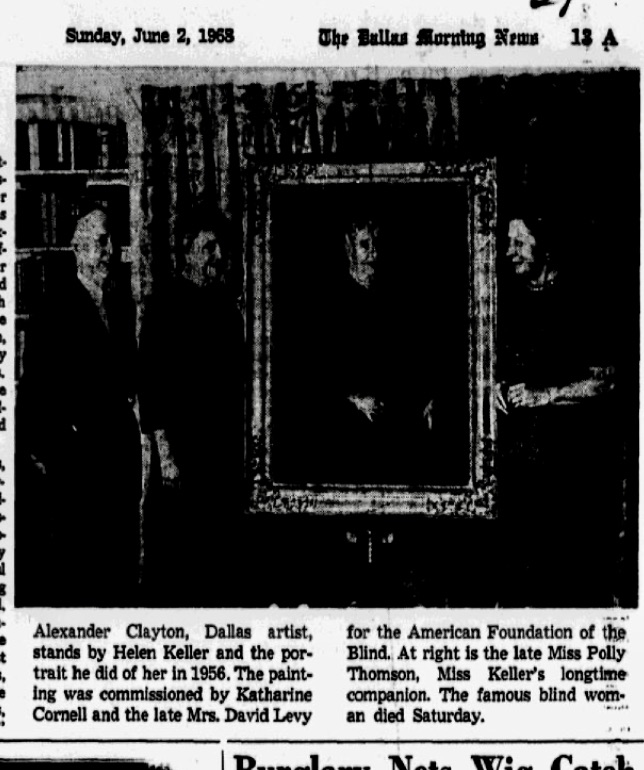
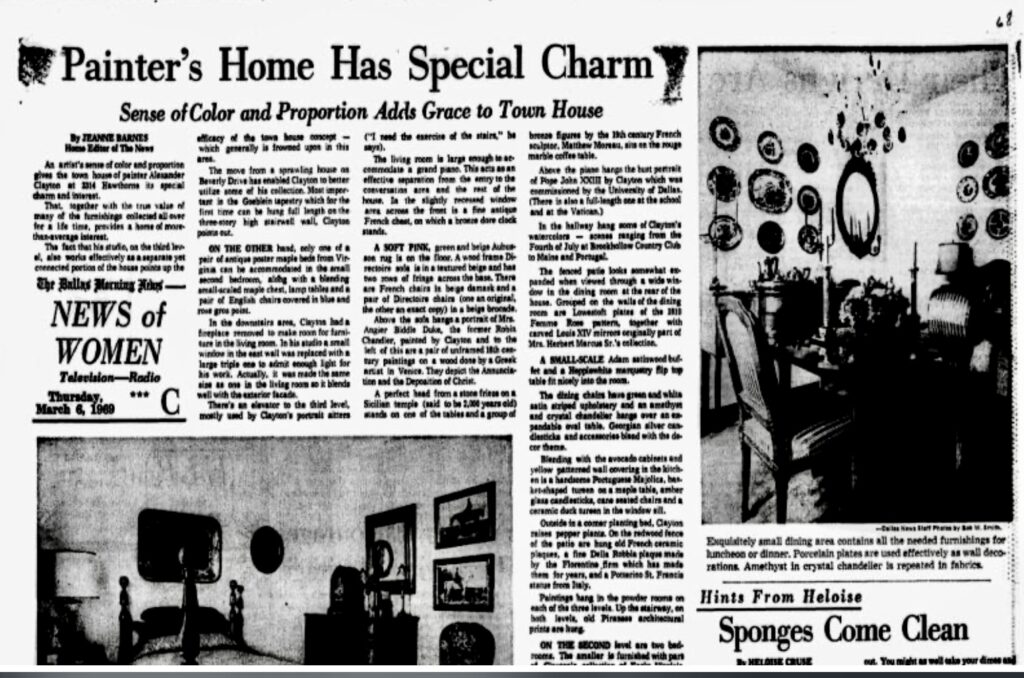
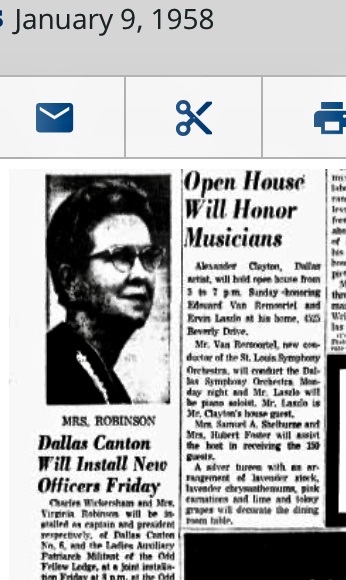
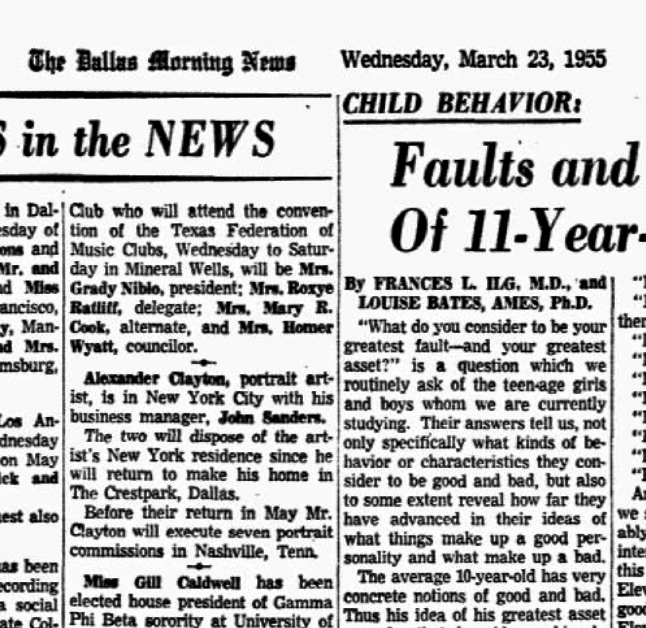
Clayton died in 1988 at age 82. Although he lived openly as a gay man, in his obituary, his family wrote that he lived with his “business manager”, but did not name John, only to list him as never married. John had a service for him at the Peace Chapel of Unity Church of Dallas. Before his death, Alex promised his condominium to a college to be used to house future student artists, intending to deed it to them after he and his partner were deceased. However, because he died before his partner John and their 37-year relationship was not legally recognized, the college evicted John from the home leaving John scrambling to sell Alex’s paintings, their art objects, and furniture to find a new place to live.
Thank you to Liz Fowler and James Young for their help in telling Alex Clayton’s and John Sanders’ story.
Credit to A. J. Love from an August 10th, 1983 article in the Dallas Times Heralds about Mr. Clayton.
